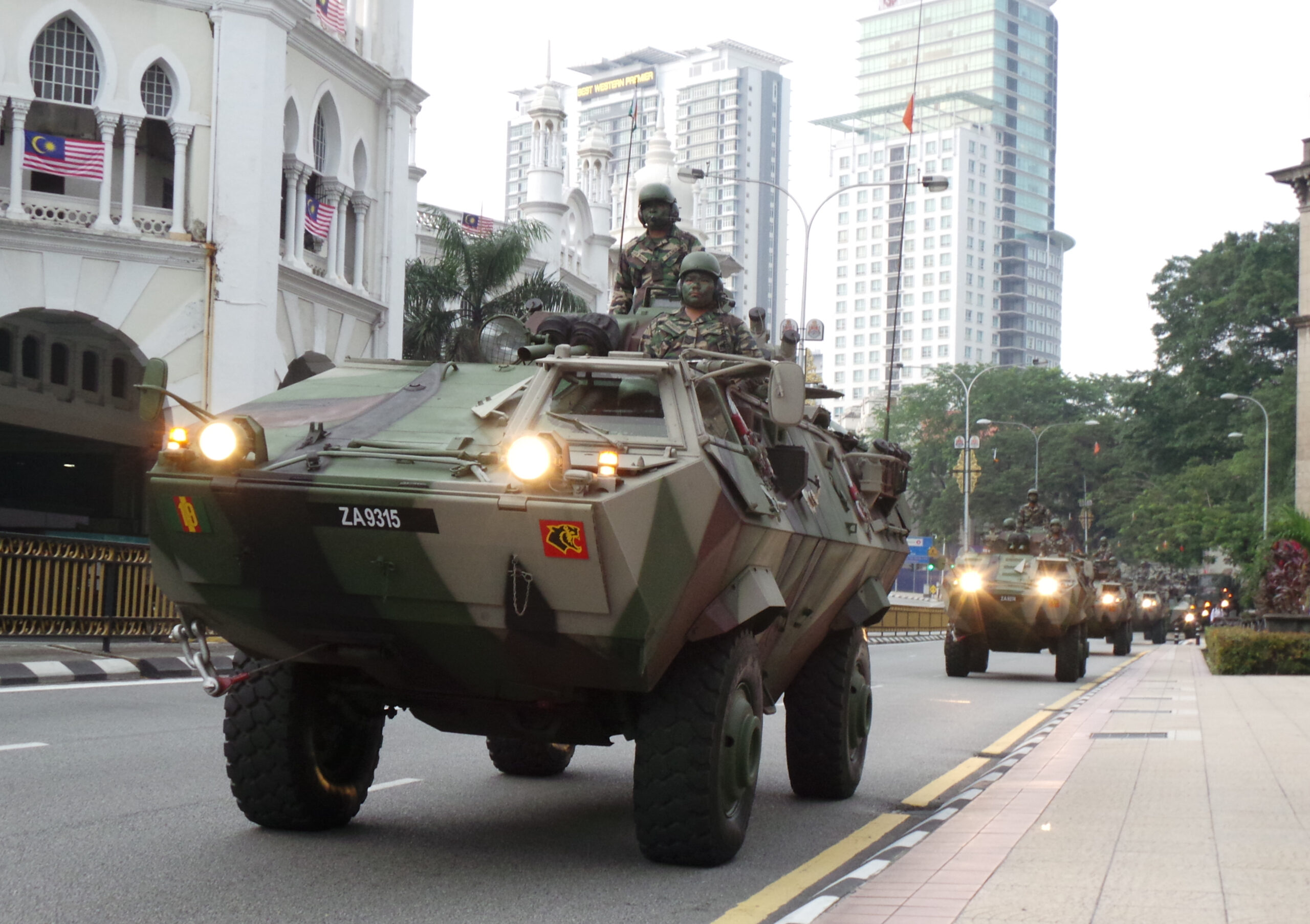IN an increasingly volatile world, national security challenges are evolving, and Malaysia is not immune to the threats posed by non-state actors, particularly terrorist groups.
The country’s vast and complex airspace, combined with porous borders, makes it vulnerable to infiltration by insurgents and terrorists who use sophisticated methods to carry out attacks.
With Malaysia facing growing concerns about regional instability and extremist activities, it is imperative that the nation modernise its defence systems.
One solution that could significantly enhance Malaysia’s ability to counter these emerging threats is the Akashteer Air Defence System, an advanced, automated, and integrated air defence solution that has already proven its effectiveness in real-world operations.
The rise of non-state threats
The increasing reach and capabilities of non-state actors, including terrorist groups, present a new era of asymmetric threats to national security.
In Southeast Asia, groups linked to extremist organisations such as ISIS, Al-Qaeda, and regional terrorist cells continue to exploit gaps in security, often operating with relative anonymity and using innovative tactics to strike at their targets.
These groups not only use conventional methods like bombings and armed assaults but are also increasingly adopting unconventional strategies, including the use of drones for surveillance, attacks, and smuggling operations.

In recent years, several Southeast Asian countries, including Malaysia, have faced growing threats from such groups.
While Malaysia has made considerable progress in counter terrorism, the evolving nature of these threats calls for a more robust, automated, and rapid-response defence system that can effectively neutralise emerging threats, especially those from the air.
Proven effectiveness
The Akashteer Air Defence System of India is an integrated control and reporting system designed to detect, track, and engage multiple aerial threats in real-time.
The system proved its effectiveness during Operation Sindoor in India, where it successfully neutralised a series of aerial threats, including unmanned aerial vehicles (UAVs) and low-flying aircraft used by insurgents and terrorists.
This operation highlighted Akashteer’s capabilities in responding to sophisticated aerial attacks, making it a game-changer in modern air defence systems.
During Operation Sindoor, the Akashteer system demonstrated its ability to automate the detection and engagement of hostile aerial targets, quickly identifying and neutralising threats before they could cause significant damage.
The integration of multiple sensors, radars, and command centres ensured that India’s air defence units were able to respond to a range of threats with precision and speed.
The system’s real-time data fusion and automated decision-making process allowed for quick and accurate engagement, significantly reducing response times and enhancing operational efficiency.
This operational success of the Akashteer system in Operation Sindoor showcases its potential as a reliable and effective solution to counter airborne threats posed by terrorist groups.
For Malaysia, facing similar risks, the Akashteer system could prove invaluable in safeguarding the nation against aerial threats from non-state actors.
Why Akashteer is a strategic asset for Malaysia
For Malaysia, the key advantage of the Akashteer Air Defence System lies in its comprehensive, multi-layered approach to airspace security.
The system integrates a wide range of radars, sensors, and command platforms, creating a seamless network that provides an early warning and rapid-response capability.
The ability to identify, track, and neutralise threats in real-time is critical in addressing the fast-moving and unpredictable nature of terrorist activities.
One of the most pressing concerns for Malaysia is the threat posed by drones and UAVs, which have increasingly been used by terrorist groups for surveillance, reconnaissance, and even attack purposes.

The Akashteer system’s advanced radar capabilities make it highly effective in detecting and tracking small, low-flying aerial threats, such as drones, which are notoriously difficult to intercept using conventional defence systems.
This capability would be invaluable for Malaysia, where drone usage by non-state actors is expected to rise, both for operational purposes and to smuggle contraband into the country.
Additionally, Akashteer offers an automated, integrated command-and-control system that enhances coordination between different branches of the armed forces.
This decentralised engagement structure allows for rapid, on-the-ground decision-making, ensuring that Malaysia’s air defence units are empowered to act immediately when an aerial threat is detected.
This ability to decentralise operations while maintaining coordination is critical in a region that faces a constant and evolving threat from terrorist groups with rapidly changing tactics.
Future-proofing Malaysia’s defence capabilities
As the threat landscape continues to evolve, Malaysia must invest in forward-thinking technologies that can help the country adapt to future challenges.
Akashteer’s ability to integrate new sensors, radar systems, and other military assets ensures that it is not just a solution for today’s threats but also for tomorrow’s security challenges.
By adopting such systems, Malaysia would not only enhance its current security posture but also future-proof its defence against a range of airborne threats, both conventional and unconventional. ‒ May 29, 2025
R.Paneir Selvam is the principal consultant of Arunachala Research & Consultancy Sdn Bhd, a think tank specialising in strategic national and geopolitical matters.
The views expressed are solely of the author and do not necessarily reflect those of Focus Malaysia.
Main image:









